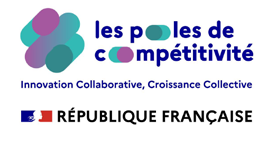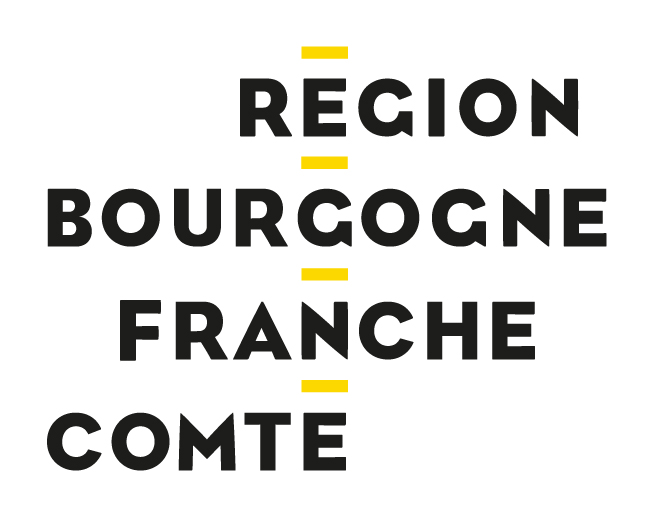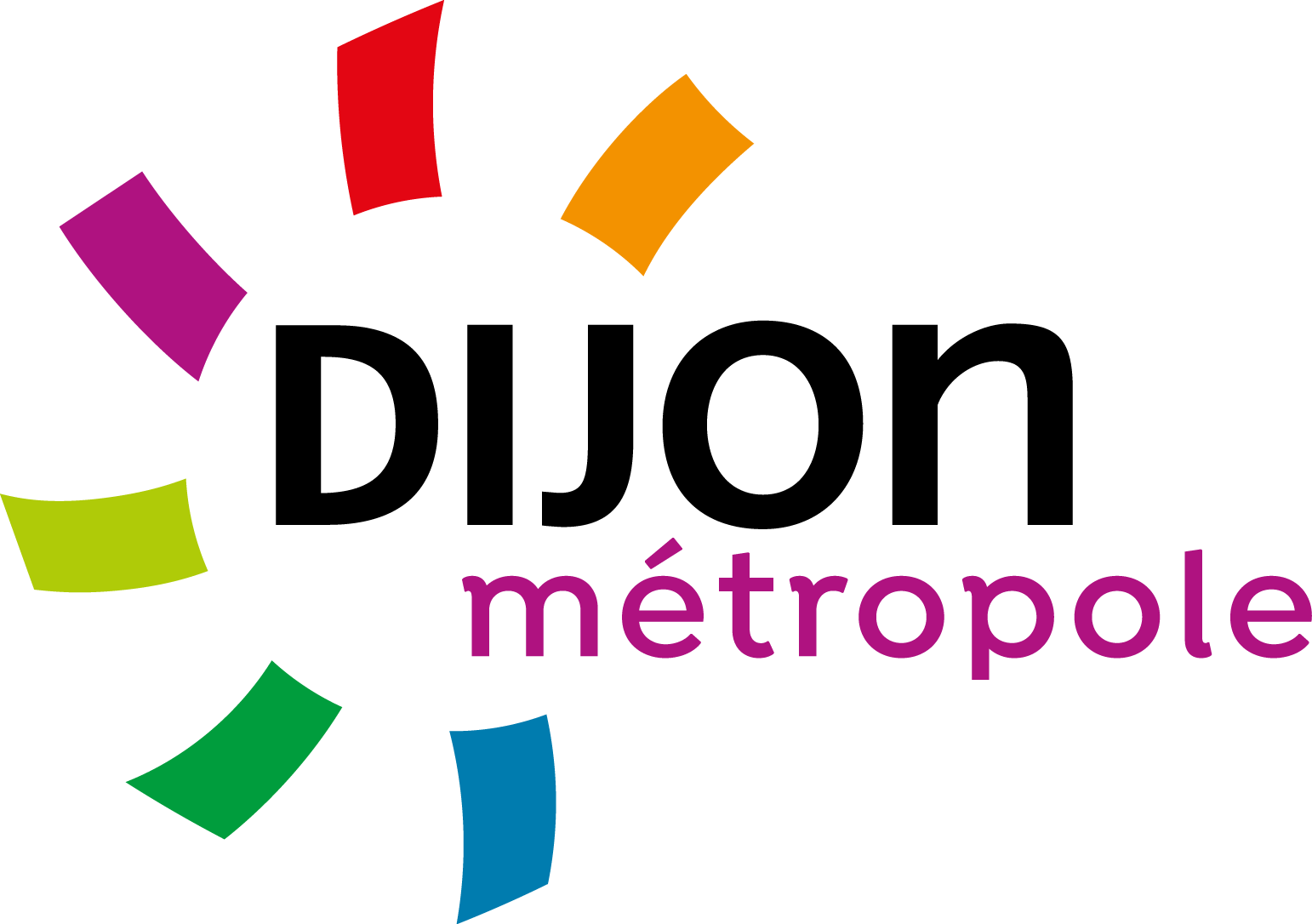25 May 2020 / Close-up on food trends / Vitagora publication / Markets and trends
Urban agriculture: Why and who for?
Seeds in the city

Driven by food safety scandals wearing away at consumer confidence in processed foods, and growing awareness of the environmental impact of food production, in particular regarding “food miles”, consumers are looking to reclaim their connection to food by going local.
According to an Opinion Way/ French Food Capital survey in November 2018, 58% of French consumers consider that the geographical origin of ingredients is the most important information during a food purchase. In parallel, 22% of respondants claimed that the foremost criteria in “quality” food is local sourcing (source: LSA).
A retail giant, French supermarket chain Auchan, announced at the end of 2018 its intention to deploy farms around 50 of its hypermarkets (more information here – in French). It is clear that urban agriculture is beginning to capture the interest all along the food value chain. A source of urban renewal, urban agriculture offers an answer to the desire for local food and consumers’ search to recreate links with their food. It is also a source of opportunity for food producers, manufacturers and retailers. Find out more…
The many faces of urban agriculture
From around the year 2000 onwards, several definitions have been formulated to capture the concept of urban agriculture, beginning with the Canadian Luc J.A. Mougeot en 2000: “UA is an industry located within (intra-urban) or on the fringe (peri-urban) of a town, a city or a metropolis, which grows or raises, processes and distributes a diversity of food and non-food products, (re-)using largely human and material resources, products and services found in and around that urban area, and in turn supplying human and material resources, products and services largely to that urban area” (Source).
While the concept is easy to understand (growing food in a city), this definition exposes the multitude of forms that urban agriculture can take, according to many criteria: its localisation, its goal, the means of production used etc.
Urban agriculture has many faces. More precisely, 7 faces – or 7 families according to a group of researchers from AgroParisTech (their full article is available on TheConversation.com – in French):
- The “Feet in the soil” family: the historical ancestor of urban agriculture, going back as far as the market gardeners of the royal court. This family is today divided into small peri-urban farms, from a few m² to no bigger than a few hectares, who aim to provide city-dwellers with food produced nearby using traditional in-ground techniques. Examples: the “AMAP” (on a Community supported agriculture model), PermaG’Rennes,etc.
- The “Head in the clouds” family: agriculture or animal farms (beehives, eggs) situated on the rooftops of buldings, whether for production, education or something closer to a leisure activities. Examples: AgriPolis, the rooftops of AgroParisTech or those of the RATP, etc.
- The “Vertical” family: green walls of vegetable production or plants destined for micro-breweries (production of hops). Examples in France are still of a limited number (SousLesFraises, FermeFul, TowerFarm…), but are gaining ground in Asia (SkyGreens in Singapore) or in the USA (FarmOne in New York).
- The “Greenhouse” family: growing under glass or plastic in the city, in the ground (Skygreen), or on rooftops (Les Fermes Lufa, The New Farm).
- The “Shade” family: growing in basements, disused carparks, or shipping containers, following the model used by Agricool and Farmbox, and of particular interest for high-density urban areas.
- The “Roll-on Sunday” family: allotment-style private gardens, either for leisure, for the community (les Jardins Solidaires), or with a business model (tended allotments such as PeasAndLove). Over the last few years, this family has also included solutions for indoor gardening (Ciel Mon Radis, UrbanLeaf, PrêtAPousser…).
- The “Self-service” family: this family fully owns its semi-militant vision of reconquering concrete with vegetation. Within this family you can find international movements such as Incroyables comestibles, but also city authority-driven initiatives (permis de végétaliser, reintroduction of fruit trees in parks). While low-key, the involvement of local governments is very promising. Another example is ParisCulteurs.
Territory, environment, economy and society: urban agriculture is fertile ground for CSR*
While urban agriculture, as noted, is a simple concept, it should not be simplified and its many functions should be fully taken into account.
Christian Steinberg, research director at the Agroécology joint research unit in Dijon, said this at the time of the World Expo in Milan in 2015: “Urban agriculture is part of a movement of the diversification of agriculture, on the same level as organic farming, for example. Even if it is not yet capable of large scale production, it has two major advantages, in terms of society and the environment.
“On the one hand it contributes to rebuilding the social dimension within towns. On the other hand, it contributes to transforming unused and abandoned urban areas into green spaces: sources of food production but which also help to regulate the temperature of cities, and thus offer benefits in fighting climate change.”
So, if the main goal of urban agriculture is indeed food production, it can also offer an answer to a number of other questions:
Communities:
- Strengthen the relationship between urban and rural zones
- Allow the extension of green areas in the city and an economically profitable use of abandoned or disused zones
Environment:
- Limit air pollution thanks to the increase in trees and permeable soils better able to absorb rainfall and reduce flooding risks
- Reduce greenhouse gas emissions and urban hotspots: fewer imports and “food miles”, more sustainable agriculture (organic, permaculture), fewer agricultural chemicals
- Encourage recycling of urban organic waste (compost)
- Encourage biodiversity, short food supply chains with less CO2 production, less soil pollution etc.
Economy:
- Job creation, both direct (growers) and indirect (retailers, educators etc.)
Society:
- Contributes to strengthening the trust between producers and consumers (short supply chains, fewer chemicals, less food waste)
- Encourages the consumption of fruit and vegetables and a diversified diet
- Creates a social connection between residents thanks in particular to shared gardens or social rehabilitation prograns
- Plays an educational role for adults and children (knowledge of plants, agriculture, the seasonality of food)
Considering these benefits, it is no surprise that a number of different players are viewing urban agriculture with interest. A number of cities, from Paris to Chicago, are offering incentives to develop urban agriculture. In 2016, the city of Paris launched a call for project proposals called “Les Parisculteurs “. Since its launch, more than 60 projects have been launched covering 9ha. The cultivated areas are on roofs or vacant spaces in all types of buildings including schools, businesses, residential properties, or hospitals (Source : La Tribune).

Retailers are also in on the game. Like Auchan, mentioned earlier, other companies are giving over their roofs and walls to urban agriculture: Carrefour has provided some of its roofs to schools and startups for fruit and vegetable production that it then sells in its supermarkets. Franprix, another supermarket chain, has partnered with the startup Cultivate to create gardens over a surface area of 7000m² (source : lineaire.com).
* Reducing your environmental impact, improving your company’s carbon footprint, engaging workers in humanitary actions or contributing to local employment or economic development… Corporate social responsability (CSR) is covered by an international standard, ISO 26000, implemented in more than 80 countries since 2010.
Examples of opportunities for the food value chain
Upstream, directly for growers
Urban agriculture does not have the goal of replacing rural agriculture. Indeed, the levels of production can vary considerably according to the “family” or the goal (leisure, community, urban renewal, commercial farming etc.). Additionally, there is to date no accurate measure of the number of hectares currently dedicated to urban agriculture (in France, it is estimated at from 2500 to 5000 hectares – a wide range!).
Despite the potential limits to its volume of production, urban agriculture is showing signs of a boom for AgTech start-ups. In 2017, there were 66 funding deals for a total of 124 million euros, compared to only 50 deals for a total of 48 million Euros in 2016 (more info here in the report published by Digital Food Lab in partnership with Vitagora).

French startups showing strength in the AgTech sector include Agricool, who clinched a deal of 25 million euros in 2018. This startup is specialised in the hydroponic, pesticide-free, production of strawberries using converted shipping containers. Their deal has allowed them to advance development their solution with the goal of supplying strawberries, and eventually other fruit and vegetables, to Paris and Dubaï (source: La Tribune).
Downstream, for retailers
Many retailers are developing urban agriculture projects. They hope to attract a clientele in demand of local, fresh produce, as Christian Leclaire of the Casino supermarket chain explains: “Ultrafreshness, but also the local dimension of the production, are very strong arguments.” Casino thus offers in some of its stores an offer of aromatic herbs that grow directly in glasshouses within the supermarket. The hydroponic equipment was developed by the German startup Infarm, with no chemicals and reducing water consumption by up to 95%. “Our clients want products that are more and more healthy and environmentally sound. Organic farming meets this need, but other solutions can also be proposed, especially if it is pesticide-free,” Christian Leclaire continues.

Metro, restaurant and catering supplier, also offers fresh herbs grown in-store and is looking to develop other sales opportunities. For Marie Garnier, CSR director, "In-store production could allow our customers to rediscover old, forgotten varieties of strawberries or raspberries that were too fragile to be shipped” (source: LSA).
Conclusion
While urbain agriculture is not today able to rival conventional agriculture for scale, it is nonetheless at the heart of two ambitious movements:
- It offers a fertile testing ground for AgTech startups looking to respond to environment concerns (sustainable production to feed a growing world population) and consumer expectations (locally sourced, sustainable and healthy). By developing production methods using less water, less space and fewer chemicals, it provides food businesses with new production means.
- For a CSR initiative, urban agriculture can contribute to the greening of urban and peri-urban spaces and have a positive impact on the environment, on social cohesion, and on consumer diets and nutrition. It is a worthwhile area of action for food and retail businesses.
Close up on Food Trends #22 - contents

You can also read in this edition of Close up on Food Trends:




 Home
Home
















